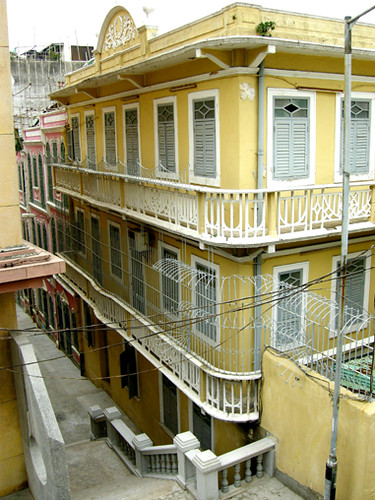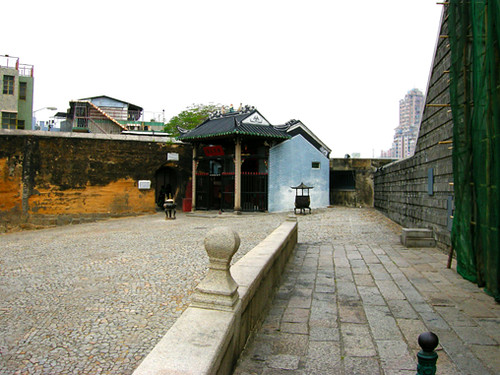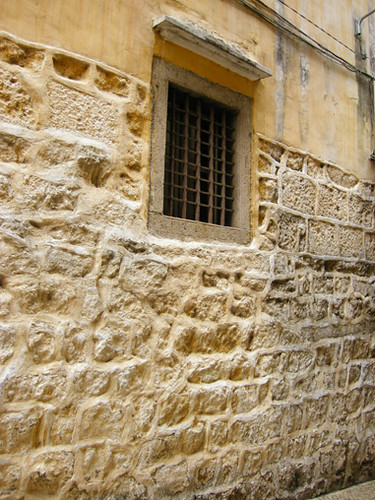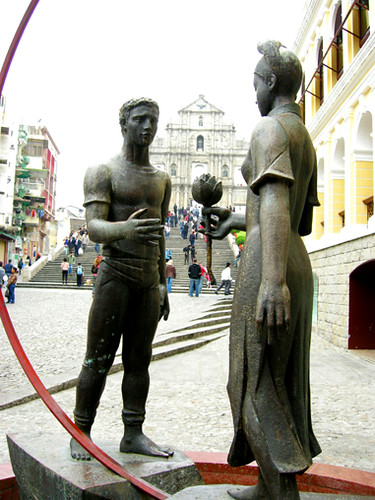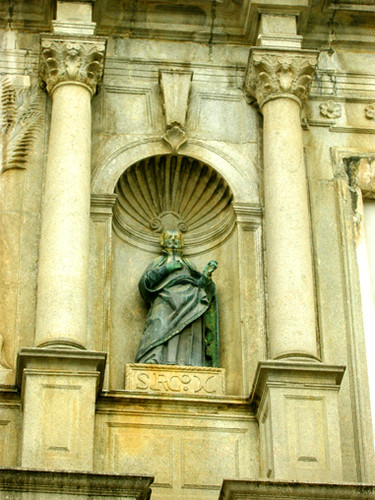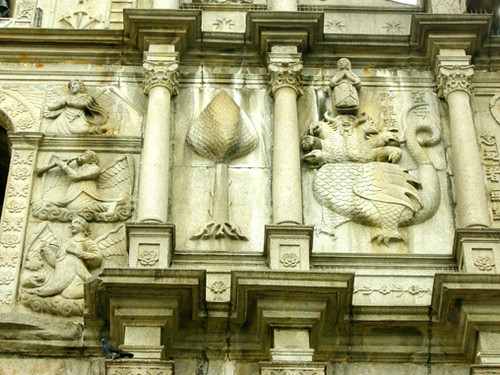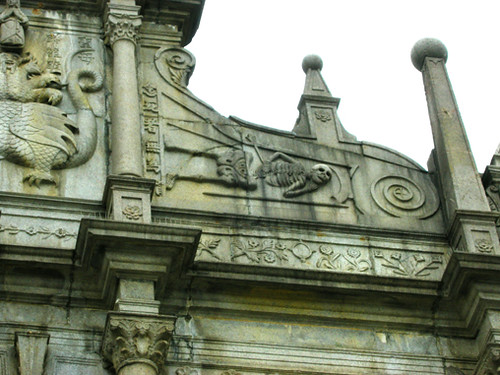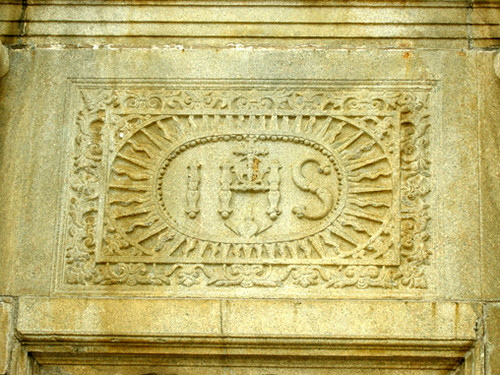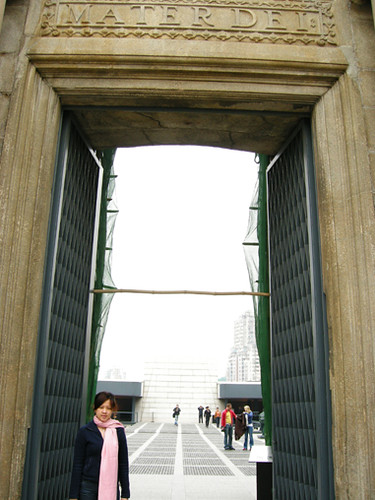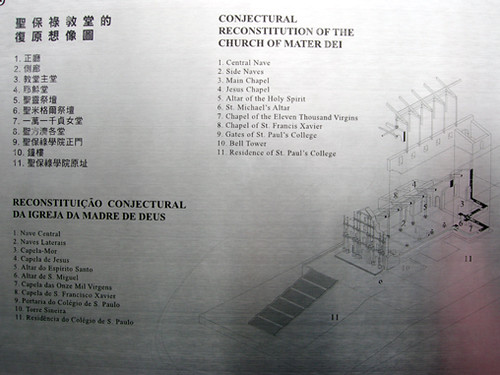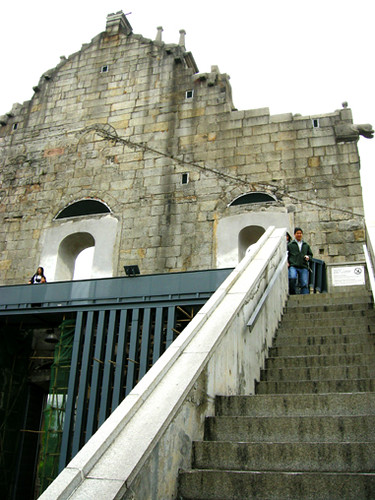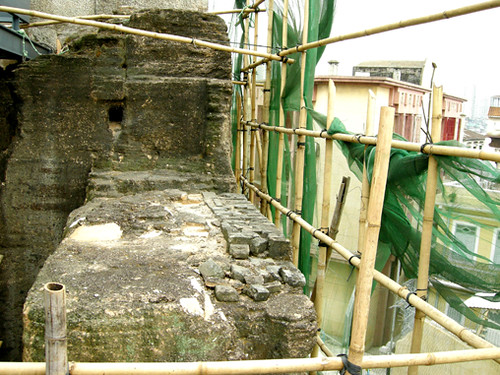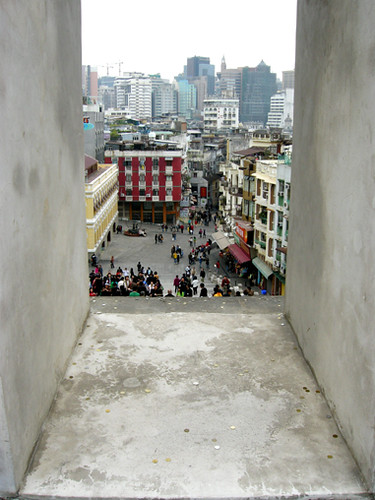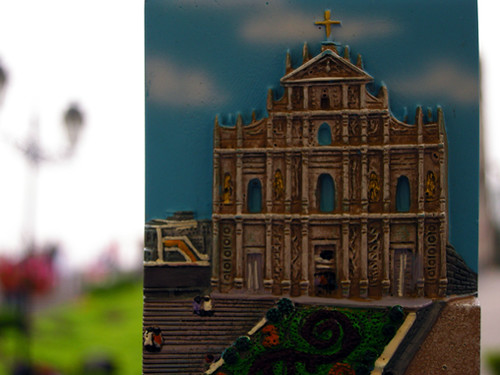 Baking a butter cake is really not that easy to be completely honest. Usually the simpler the cake is, the harder it is to make. Just like cooking, stir frying an excellent dish of vegies is probably harder than stewing some meat. Some things look simple because the steps and ingredients are minimal. However the challenge lies in the execution & in finding the right balance between the ingredients.
Baking a butter cake is really not that easy to be completely honest. Usually the simpler the cake is, the harder it is to make. Just like cooking, stir frying an excellent dish of vegies is probably harder than stewing some meat. Some things look simple because the steps and ingredients are minimal. However the challenge lies in the execution & in finding the right balance between the ingredients.Pound cake is basically an American sponge butter cake, which was done at a time when the methods of measuring were not so good. So the cake was done with one pound of flour, butter, egg and sugar each. But to achieve a good balance between moistness, texture and taste is really not so easy. It should be soft & moist, not dry and coarse. In terms of texture, the crust should be fine and airholes should be even and small, which makes it look dense. Taste wise, light and buttery. I tried to make it a couple of times and I think it is ready.
Here is the recipe, Aunty Terri. Don't know if this is exactly what you wanted but do try and see if it is close to the Sara Lee ones that you were talking about. Even if it is not, I think this recipe is still quite nice on its own but if you do make it better and let me know. Good luck!
Make an 8-inch square cake
250 gm of flour
250 gm of castor sugar
4 large eggs (about 200 over grams)
1/2 to 3/4 teasp of ovalette or cake emulsifiers
2/3 teasp of baking powder
2 tbsp of milk
100 gm of apricot or dried fruits soaked with 1 tbsp of alcohol like cointreu or rum (optional)
1) Semi soften the chilled butter. If you use farmcows or the like (which is a little like spread), press your finger into the butter. It should not be melting soft or cold hard. A good softness is when it can slowly dent it. Beat butter with k-beater till puffy and pale in colour approximately 8-10 min. Set aside.
2) In another clean bowl, beat eggs with sugar on high. As it starts to increase in volume, add ovalette and continue beating till thick. It is almost ready when strong defined lines start appearing as the whisk moves in the mixture. Do not let mixture get higher than the whisk. This is a very critical step. If you overbeat it, the cake will turn out coarse with big airholes. If you underbeat it, the cake will turn out hard.
3) Turn to slow and slowly add in butter. Continue slow mixing. Add sifted flour and baking powder. Continue slow mixing and add milk. Mix till mixture is even.
4) With a clean hand and fingers shaped into a claw like how you hold a computer mouse, stir the mixture till you can feel the tightness in the batter. This is the secret to make butter cake tight yet light.
5) Preheat oven to 165 deg non fan forced and bake for 35 minutes till golden brown or when toothpick poke into cake turns out clean. Do not overbake as doing so causes dryness. One very obvious sign of overbaking is when the cake start pulling away from the tin during baking.
 I wrote this based on my own experience, which may not be entirely correct. Hopefully, it will help. Do share if you have any better way.
I wrote this based on my own experience, which may not be entirely correct. Hopefully, it will help. Do share if you have any better way.Optional:

I like adding dried apricots or dried mixed fruits to my cake because Greg likes the crunch. Apricot is our favourite. Soak apricots with 3 tbsp of hot water and cut into small cubes. Soak further with a tbsp of cointreu or grand marnier. With dried fruits, soak with dark rum. Add before step 4. But adding fruits will make cutting a little more difficult but if the cake is tight, it should not have fruits falling all over during cutting.
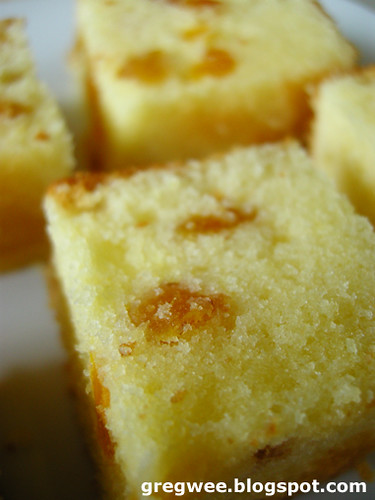

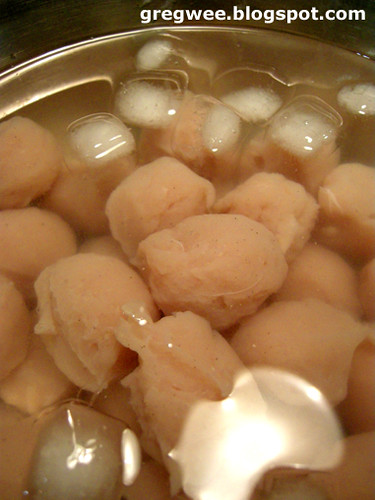
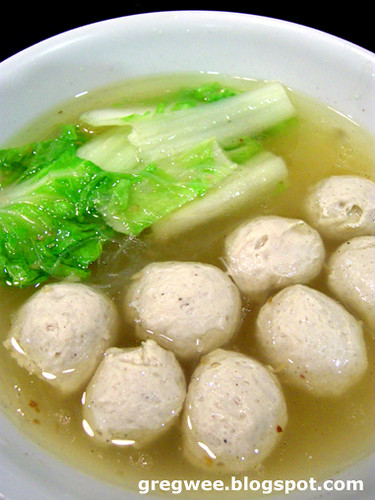



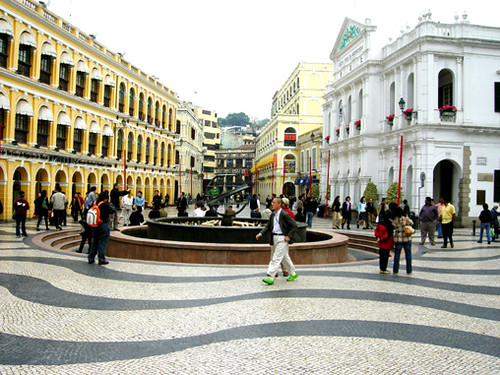 The square is part of the Historic Centre of Macau, which is a World Heritage Site. Don't play play.
The square is part of the Historic Centre of Macau, which is a World Heritage Site. Don't play play.
 We had a tourist guide map with us that day, but did not make the effort to seriously map out what we wanted to see along the way, partly because we had already found food.
We had a tourist guide map with us that day, but did not make the effort to seriously map out what we wanted to see along the way, partly because we had already found food. And because we had too much food, we had to detour somewhere else instead as our immediate destination...
And because we had too much food, we had to detour somewhere else instead as our immediate destination...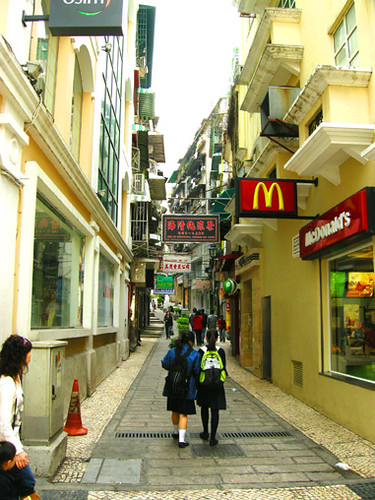 Yes. You got it right. McD. It had the least dirtiest, & most accessible toilets that we could find.
Yes. You got it right. McD. It had the least dirtiest, & most accessible toilets that we could find. 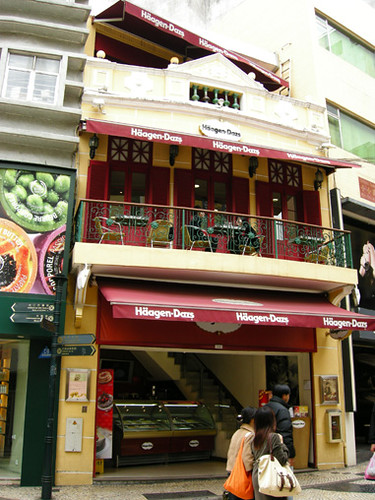 After the ordeal, I became more calm & more aware of my surroundings. It quickly became apparent that Macau is just like any other cities in Malaysia with a strange mix of colonial & Chinese architecture.
After the ordeal, I became more calm & more aware of my surroundings. It quickly became apparent that Macau is just like any other cities in Malaysia with a strange mix of colonial & Chinese architecture.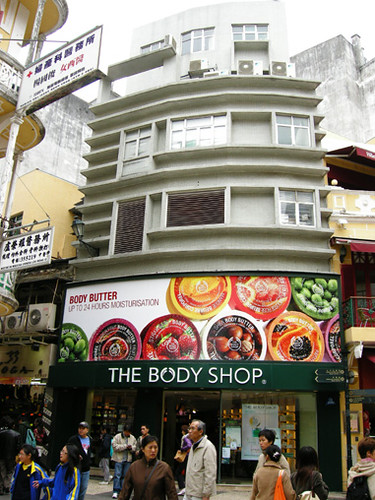
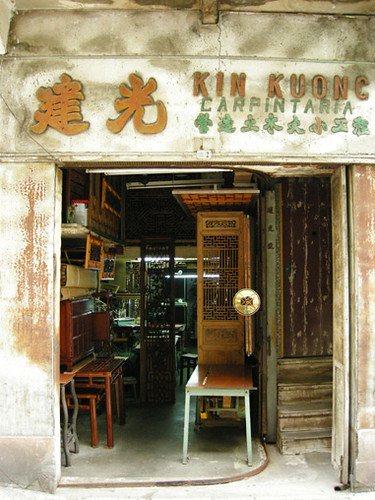
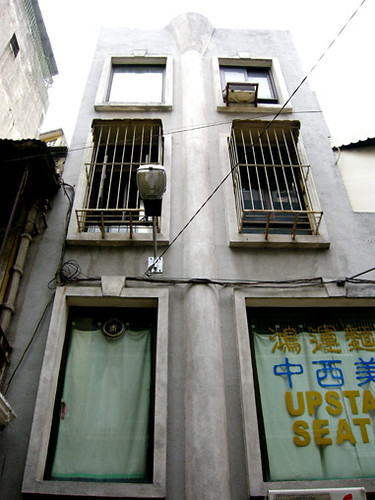
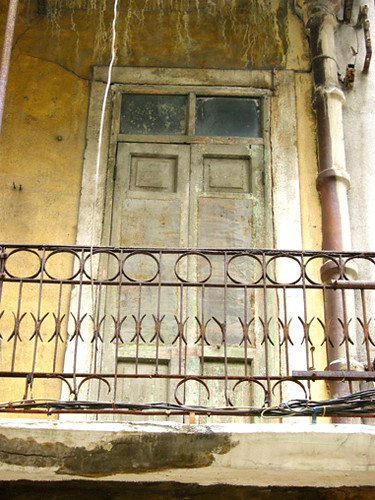
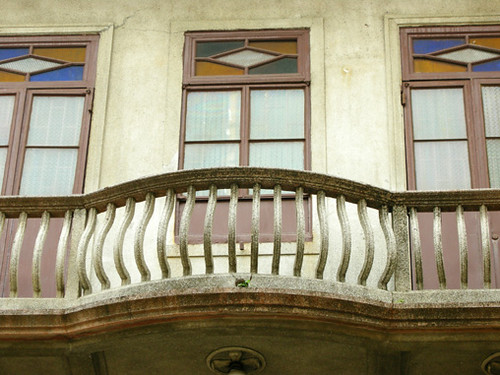
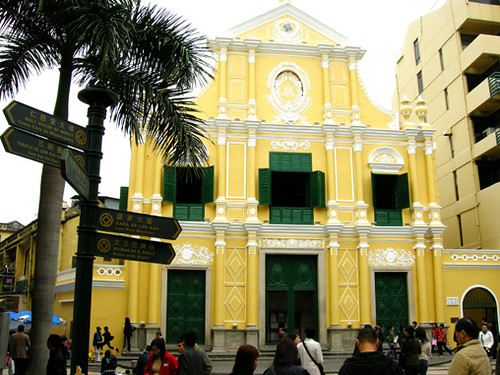

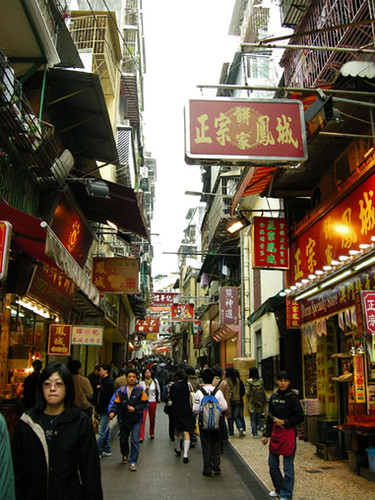 You'd know you're getting close to the Ruins when the shops on both left & right start selling BBQ pork.
You'd know you're getting close to the Ruins when the shops on both left & right start selling BBQ pork.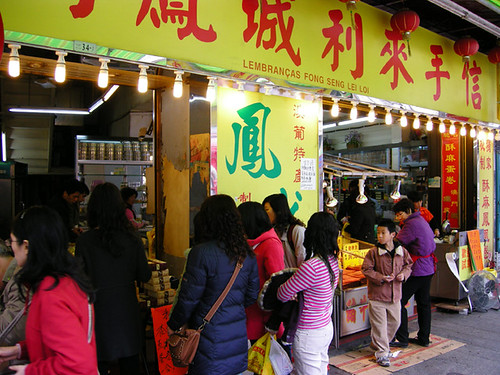

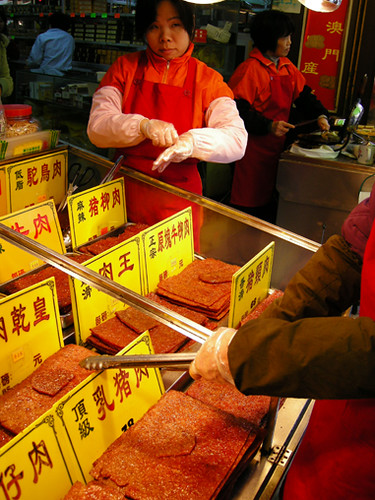 For us both, the combination of food & sight seeing always makes the perfect holiday. We brought some home for the Chinese New Year. So folks who came over to our house during CNY actually had imported Macau BBQ pork. YEAH.
For us both, the combination of food & sight seeing always makes the perfect holiday. We brought some home for the Chinese New Year. So folks who came over to our house during CNY actually had imported Macau BBQ pork. YEAH.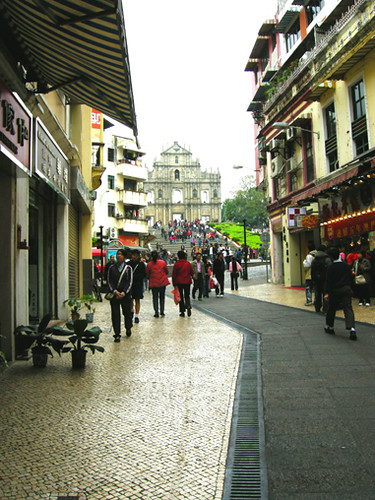
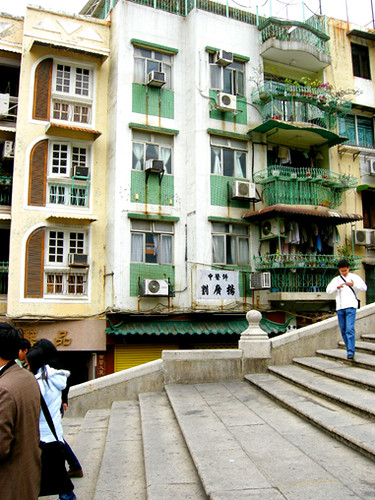 Macau, like Hong Kong, is such a dense place. People are just living next to historical monuments.
Macau, like Hong Kong, is such a dense place. People are just living next to historical monuments.